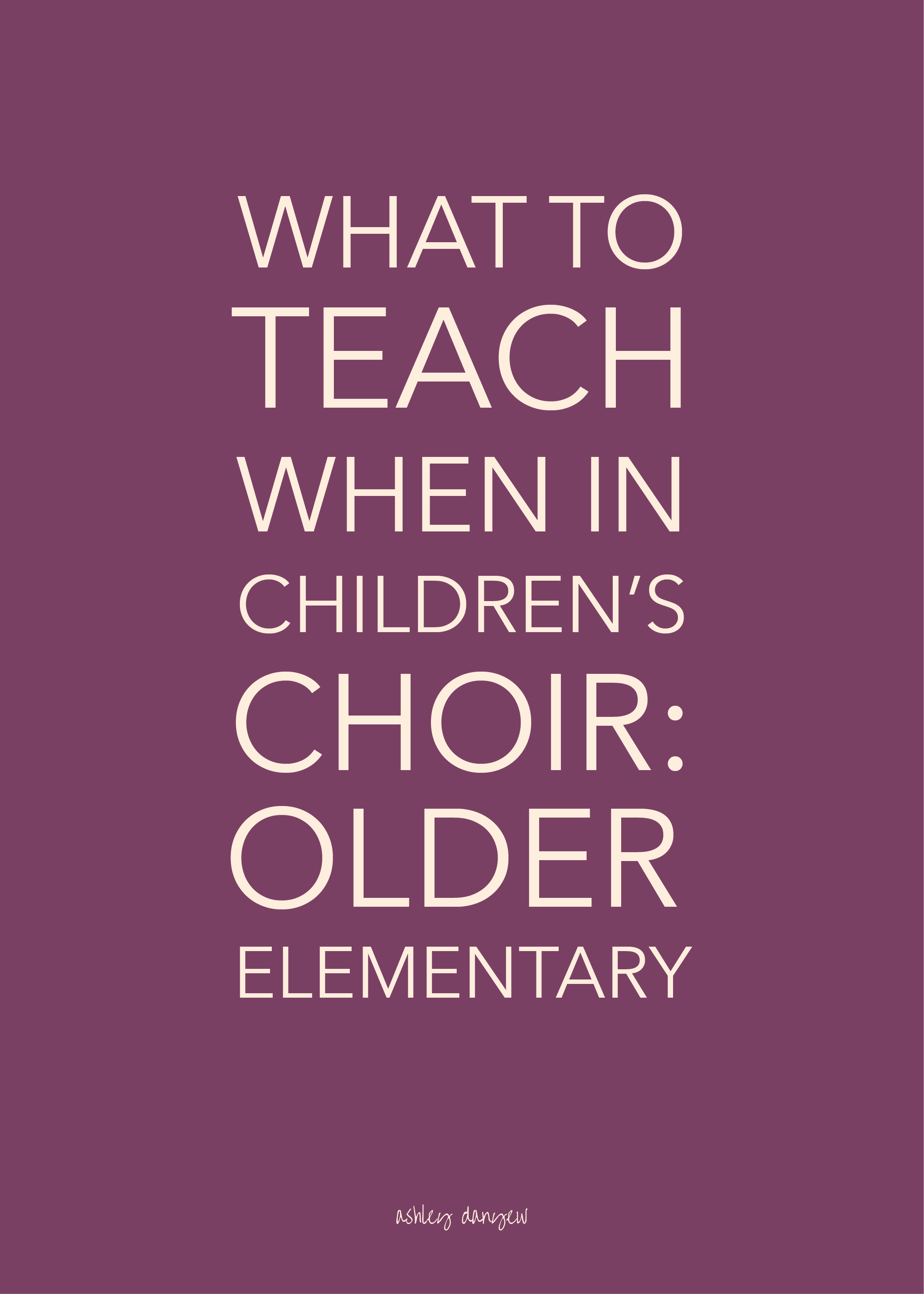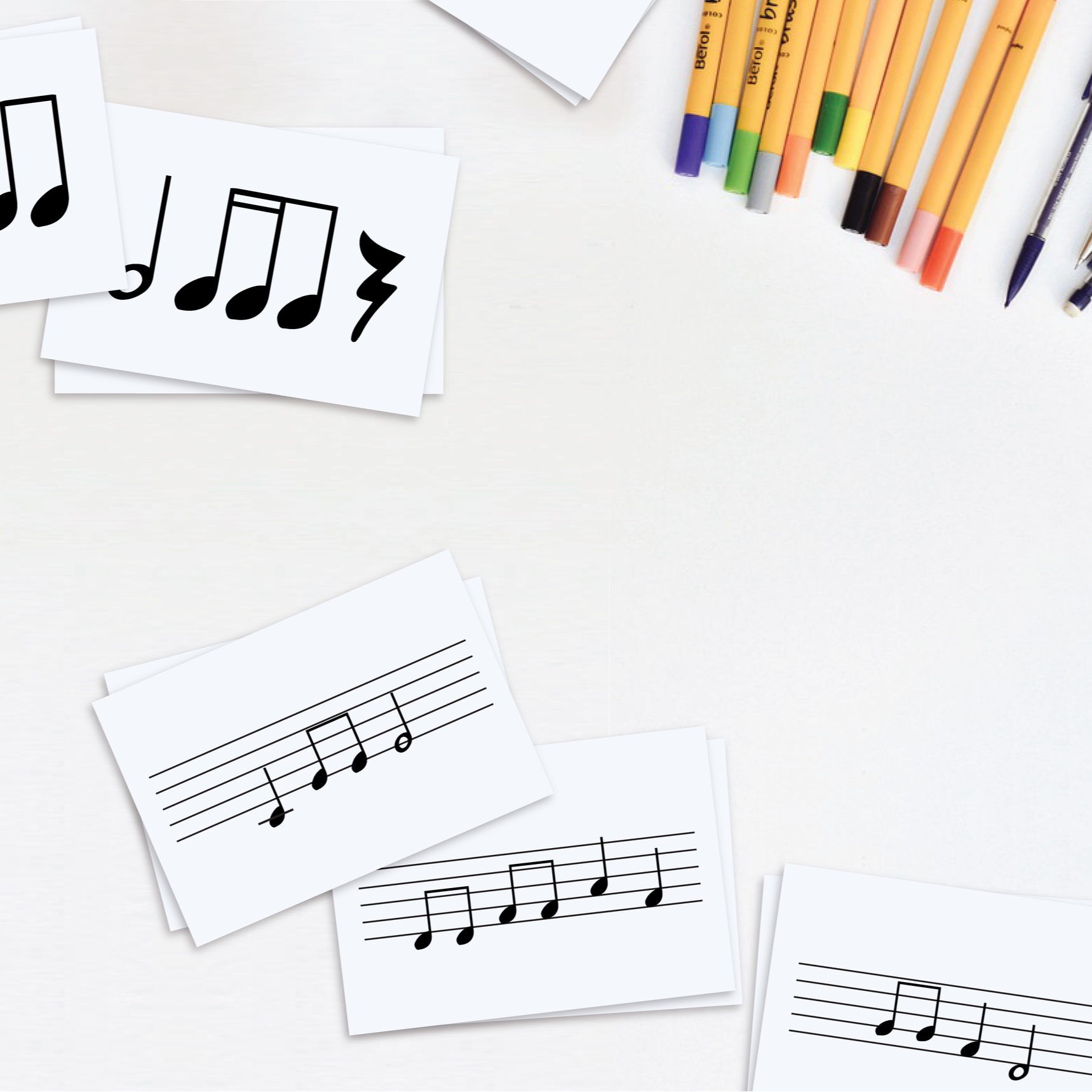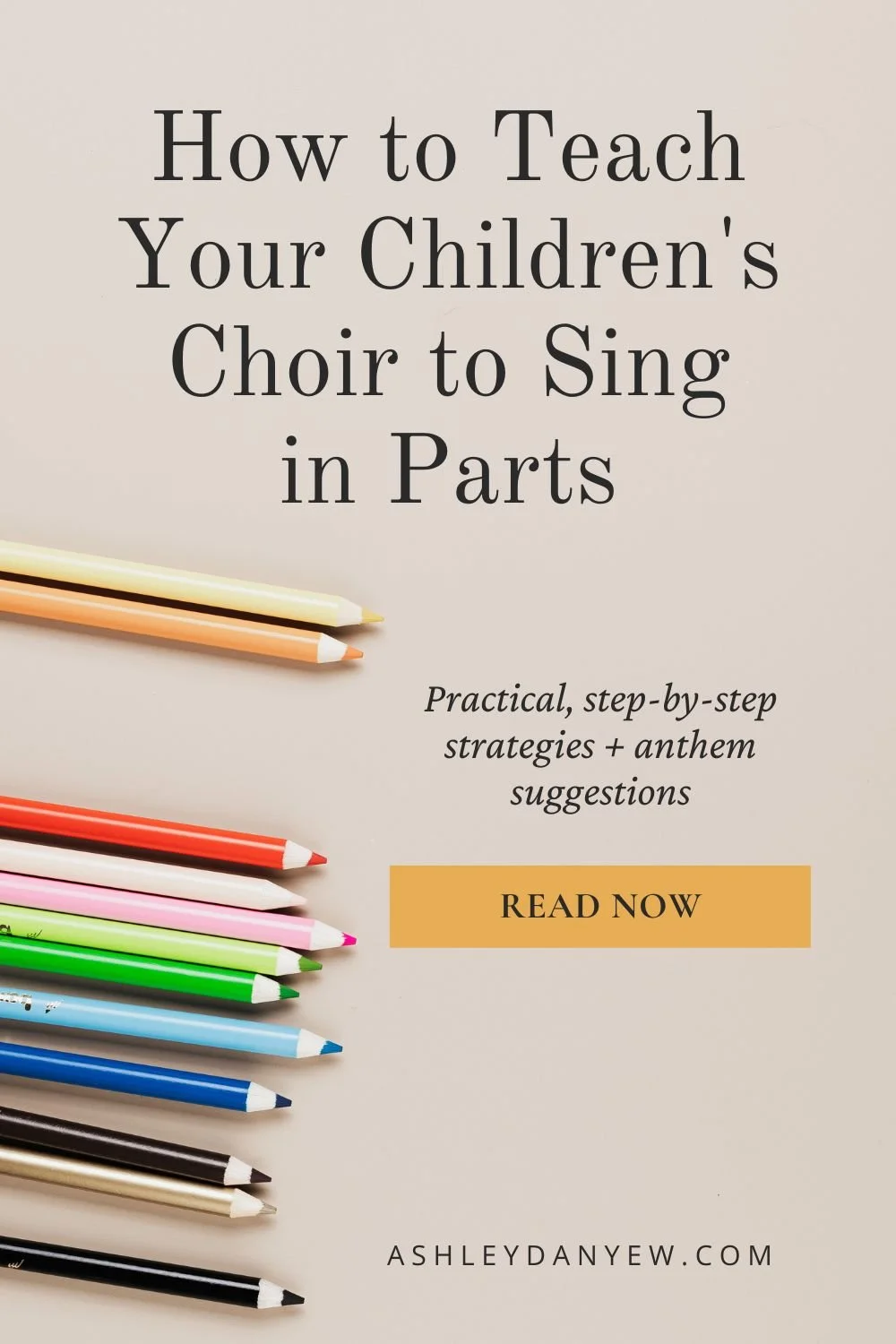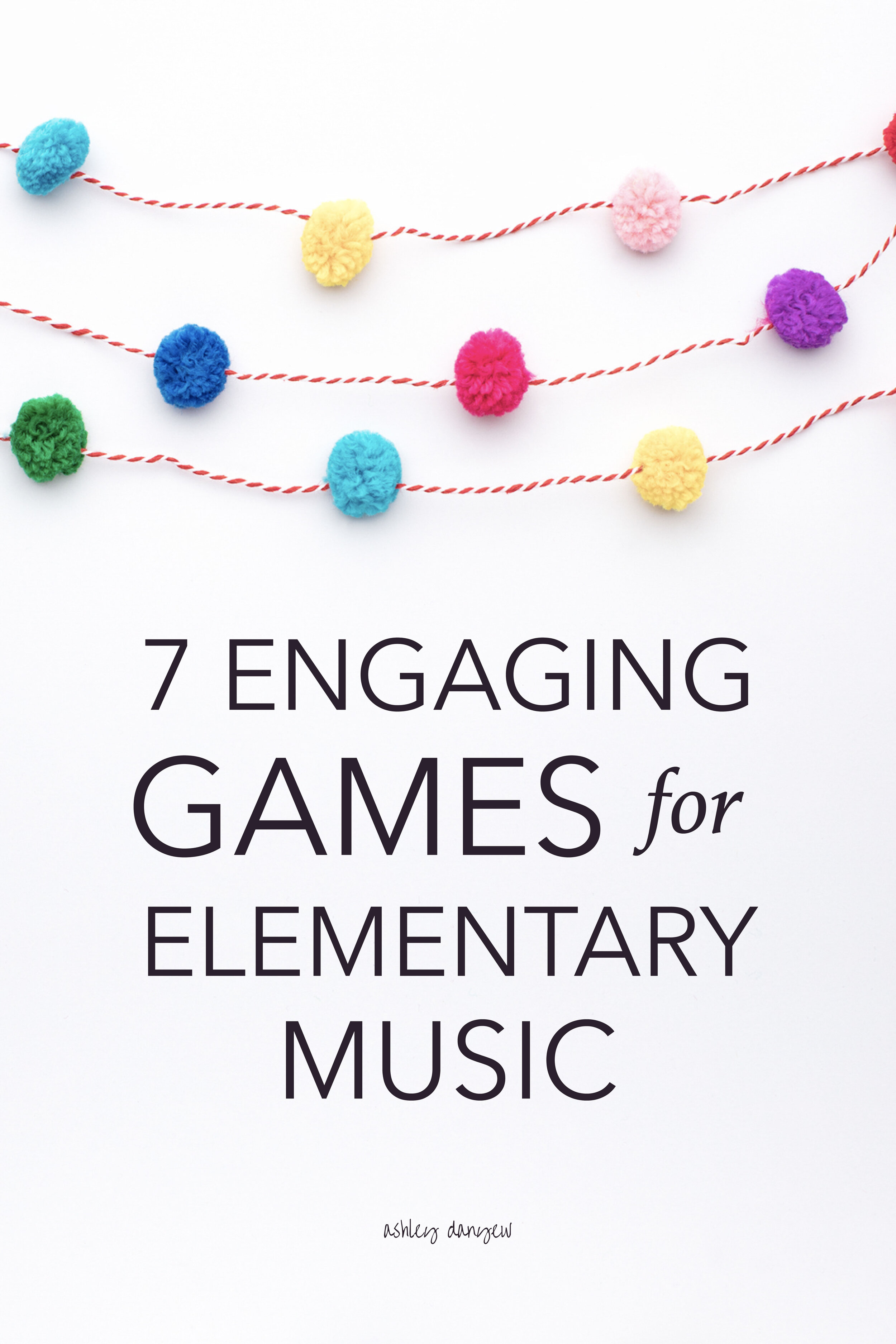A few weeks ago, I shared a “What to Teach When” post for Younger Elementary (read it here, in case you missed it!)
Today, I’m sharing the same type of post for Older Elementary singers.
Here is a general list of musical skills and concepts you can teach to children in 3rd Grade, 4th Grade, and 5th Grade.
Use this chart as a point of reference in your teaching, an outline of what to teach when, and a guide to what children at different ages may be capable of, developmentally and musically.
Like with Younger Elementary, remember that children are often capable of higher levels of learning and musicianship when surrounded by others who are a bit older and more experienced.
If you have younger and older elementary children together in one group, you may be able to introduce things that are a level or two above the youngest members of your choir.
What Musical Skills to Teach in Older Elementary
Third Grade
Children at this age are curious and naturally creative. They are capable of beginning to read music notation, so make sure you incorporate some opportunities for them to sing with a score in hand.
Rhythm
sing and play with attention to a steady beat and strong and weak beats
chant, play, create, read, and write patterns using quarters, eighths, sixteenths, half and dotted half notes, whole notes, and quarter and half rests
sing melodies in duple, triple, and compound meters
play, create, and read rhythm patterns in duple and triple meters
sing, play, and create music alone and with others
Melody
sing tonal patterns using do, re, mi, sol, la, and high do
play, create, read, and write patterns using do, re, mi, sol, and la (pentatonic)
sing, read, and write short melodies with steps, skips, and repeated notes
read and write using a 5-line staff and moveable do
begin reading and recognizing the musical alphabet
sing in tune with good tone production
sing a variety of folk and traditional songs
Harmony
sing songs in major and minor keys
sing, play, and read 2- and 3-part rounds (pentatonic melodies)
sing partner songs
recognize major and minor chord changes
play and read an instrumental accompaniment with two or more parts
play a variety of pitched and non-pitched percussion instruments, including rhythm sticks, drums, triangles, Orff instruments, hand chimes, and Boomwhackers
create rhythmic patterns to layer on top of each other
sing, play, create, read, and write short ostinato patterns (2 measures in length, pentatonic)
Form
recognize musical phrasing
recognize musical form (AB, ABA, rondo ABACABA)
recognize introduction, coda, interlude
Expression
recognize tempo
know musical terms: ritardando, accelerando, allegro, andante, D.C. al Fine, treble clef, fermata
sing and play with dynamic expression (f, p)
recognize timbre changes between various instruments
experience music from a variety of cultures
Help your older elementary children learn the language of music.
A digital 216-card set, featuring:
two sets of printable tonal pattern cards (major and minor)
four sets of printable rhythm pattern cards (duple and triple)
Fourth Grade
Fourth graders are learning more about music notation and reading and can do more creating and writing of their own. Make sure to set up some boundaries for these projects ahead of time: limited pitch and rhythm material, limited length, etc.
Rhythm
sing, play, and create music with attention to a steady beat
chant, play, create, read, and write patterns using dotted half notes, whole notes, whole rests, sixteenth notes (including eighth + two sixteenths and two sixteenths + eighth), ties, and syncopation (eighth-quarter-eighth)
sing, play, create, read, and write short melodies in duple and triple (with time signatures)
Melody
sing melodies using all the notes of the scale, including low sol and la
play, create, read, and write melodies using do, re, mi, sol, and la (pentatonic)
recognize and sing a diatonic scale (solfege)
follow the melody and text of a hymn or song
sing, play, create, read, and write short melodies with steps, skips, and repeated notes
play and create question and answer phrases
sing in tune and with good tone production
sing a variety of folk and traditional songs
read and write using the musical alphabet
read and write using a 5-line staff and absolute pitch names
recognize do as tonal center in major keys, la as tonal center in minor keys
explore notation of familiar songs
Harmony
recognize and sing major and minor changes
sing, play, and read 2- and 3-part rounds
play and read an instrumental accompaniment with multiple parts
accompany a simple song using do and sol
play a variety of pitched and non-pitched percussion instruments, including rhythm sticks, drums, triangles, Orff instruments, hand chimes, and Boomwhackers
sing partner songs
sing, create, read, and write short ostinato patterns (2 measures in length, pentatonic)
Form
recognize musical phrasing
recognize musical form (AB, ABA, AABA, rondo ABACABA)
recognize introduction, coda, interlude
Expression
recognize tempo
know musical terms: largo, moderato, tie, decrescendo, crescendo, 1st and 2nd endings
sing and play with dynamic expression (f, ff, p, pp)
recognize timbre changes between various instruments
experience music from a variety of cultures
Fifth Grade
Children at this age are often beginning to learn other musical instruments in school or community settings. The musical skills they develop through singing and reading in choir will inform their other musical experiences, so spend some time talking about musical patterns and exploring how music is put together.
Rhythm
sing, play, and create music with attention to a steady beat
chant, play, create, read, and write patterns using dotted half notes, whole notes, whole rests, sixteenth notes (including eighth + two sixteenths and two sixteenths + eighth), syncopation (eighth-quarter-eighth), dotted quarter note + eighth note, and triplets
sing, play, create, read, and write short melodies in duple, triple, and compound meter (with time signatures)
use more complex rhythmic body percussion (alone and with a partner) to accompany chants and songs
Melody
sing melodies using all the notes of the scale, including low sol and la
sing increasingly longer phrases with one breath
play, create, read, and write melodies using do, re, mi, sol, and la (pentatonic)
recognize and sing a diatonic scale (solfege)
sing, play, and create short melodies with steps, skips, and repeated notes
play scale patterns
play and create question and answer phrases
sing in tune and with good tone production
sing with articulation and expression
sing a variety of folk and traditional songs
play with musical phrasing (slurs) and articulation
read and write using the musical alphabet
read and write using a 5-line staff and absolute pitch names
use key signatures to find and mark do
recognize do as tonal center in major keys, la as tonal center in minor keys
explore notation of familiar songs
Harmony
recognize, sing, and play major and minor changes
play chordal accompaniments
sing, play, and read 2- and 3-part rounds
play and read an instrumental accompaniment with multiple parts
accompany a simple song using do and sol
play a variety of pitched and non-pitched percussion instruments, including rhythm sticks, drums, triangles, Orff instruments, hand chimes, and Boomwhackers
sing and play partner songs
sing and play descants
sing, create, read, and write short ostinato patterns, vocal and instrumental (2 measures in length, pentatonic)
Form
recognize musical phrasing
recognize musical form (AB, ABA, AABA, rondo ABACABA, Verse/Chorus, Call/Response, Theme + Var.)
recognize introduction, coda, interlude
Expression
recognize tempo
know musical terms: sharp, flat, slur, D.S. al Coda
sing and play with dynamic expression (f, ff, p, pp, mp, mf)
recognize instrument families
recognize instruments by sound
experience music from a variety of cultures
Looking for more?
Download the free 19-page eBook with what-to-teach-when checklists for
preschool, younger elementary, and older elementary children's choir.
I’d love to hear from you:
What ages do you teach in your children's choir? What musical skills do you hope to develop in your young singers this year?
More in this series:
What to Teach When in Children's Choir: Younger Elementary
What to Teach When in Children's Choir: Preschool
Sources:
Davis Elementary Music Curriculum
Growing in Grace: Scope and Sequence Chart








































